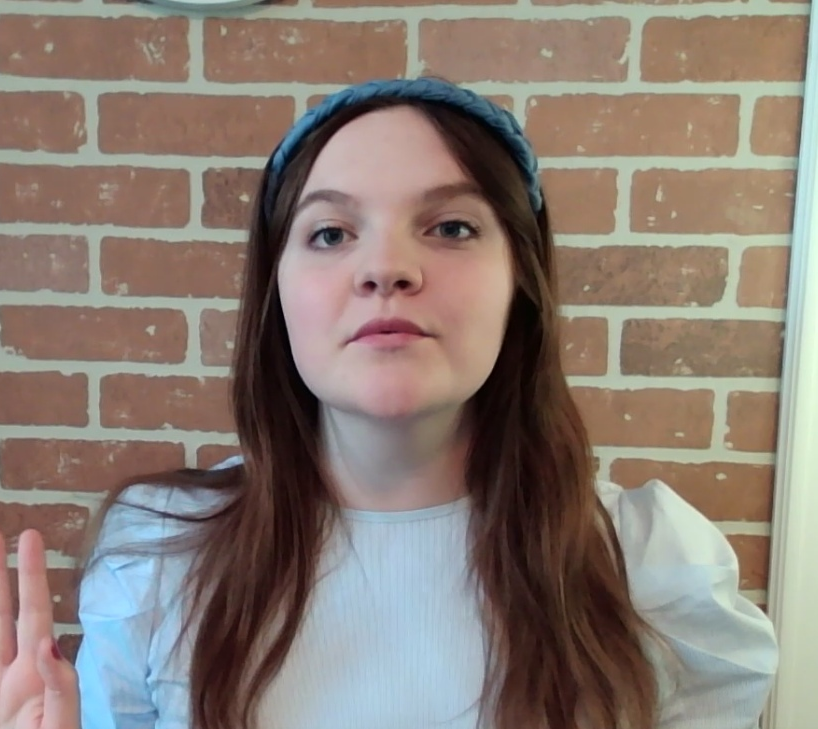I think that you perfectly know how to form sentences in different tenses, right? But what if a sentence consists of two parts (I do not talk about Conditionals)? In this case, you should be careful, because some tenses can not be combined in one sentence! So, let us check how to act in such cases.
First, we shall talk about complex sentences that consist of two parts. There are the main part and the subordinate part: “I thought (the main part - “What actually?”), I knew it (the subordinate part). In such sentences the grammatical tense in the subordinate part depends on the grammatical tense in the main part. And in this article you will learn in what case what tenses to use.
So, if there is a complex sentence, find the main part and check what tense is used there. It can be in the past, present or future. If the main part is in the present or future, we do not need to follow any sequence of time: “I think (I do it now - we use “Present Simple”), she will come (she will do it in the future - we use “Future Simple”)”. But if the main part is in the past tense, we will need to change the tense of the subordinate part. Then, let us check three models of complex sentences that you can use to speak correctly.
1) The main part in the past + The subordinate part in the present
In this case, the main part and the subordinate part should be in Past Simple: “I thought he was at home”. Compare it with the sentence in present tense, where we use Present Simple in both parts: “I think, he is at home”. As you see, both tenses that we use are the same.
2) The main part in the past + The subordinate part in the future
If the main part is in the past, for example “I thought”, the subordinate part is in the future “She will come”, we need to use the past form of “will” - “would”, because after the past form we can not use the present form, all should be in the past. Finally, we have a sentence like this: “I thought she would come”.
3) The main part in the past + The subordinate part in the past
In this case the rule is a bit harder. Our choice of a tense in the subordinate part depends on the time the action happened. There can be three variants:
- The action in the subordinate part happened at the same time as the action in the main part. The scheme will be the following: The main part: Past Simple + The subordinate part: Past Simple / Past Continuous. For example: “She said she was going to the park”.
- The action in the subordinate part happened before the action in the main part. The scheme will be the following: The main part: Past Simple + The subordinate part: Past Perfect / Past Perfect Continuous. For example: “She thought he had finished working on the project”.
- The action in the subordinate part happened after the action in the main part. The scheme will be the following: The main part: Past Simple + The subordinate part: Future in the Past. For example: “She said she would travel next week”.
Note down! If the main part of a sentence is in the past and there is a modal verb in the subordinate part, you may need its past form. Here are modal verbs in the present with their forms in the past: “can - could, will - would, shall - should, may - might, have to - had to, be to - was to/were to”.
To sum up, now you know that there are three cases, when you may need a sequence of time. You know what the parts of a complex sentence are and what tenses to use there depending on the situation. If you still have questions, write them in the comments below and see you in the other articles!










Comments (0)